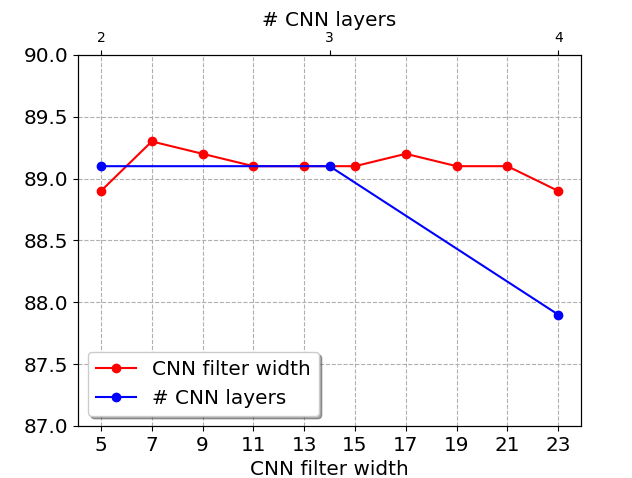Direct Segmentation Models for Streaming Speech Translation
Javier Iranzo-Sánchez, Adrià Giménez Pastor, Joan Albert Silvestre-Cerdà, Pau Baquero-Arnal, Jorge Civera Saiz, Alfons Juan
Machine Translation and Multilinguality Long Paper

You can open the pre-recorded video in a separate window.
Abstract:
The cascade approach to Speech Translation (ST) is based on a pipeline that concatenates an Automatic Speech Recognition (ASR) system followed by a Machine Translation (MT) system. These systems are usually connected by a segmenter that splits the ASR output into hopefully, semantically self-contained chunks to be fed into the MT system. This is specially challenging in the case of streaming ST, where latency requirements must also be taken into account. This work proposes novel segmentation models for streaming ST that incorporate not only textual, but also acoustic information to decide when the ASR output is split into a chunk. An extensive and throughly experimental setup is carried out on the Europarl-ST dataset to prove the contribution of acoustic information to the performance of the segmentation model in terms of BLEU score in a streaming ST scenario. Finally, comparative results with previous work also show the superiority of the segmentation models proposed in this work.
NOTE: Video may display a random order of authors.
Correct author list is at the top of this page.
Connected Papers in EMNLP2020
Similar Papers
Consistent Transcription and Translation of Speech
Matthias Sperber, Hendra Setiawan, Christian Gollan, Udhay Nallasamy, Matthias Paulik,

Multilingual Denoising Pre-training for Neural Machine Translation
Jiatao Gu, Yinhan Liu, Naman Goyal, Xian Li, Sergey Edunov, Marjan Ghazvininejad, Mike Lewis, Luke Zettlemoyer,

The role of context in neural pitch accent detection in English
Elizabeth Nielsen, Mark Steedman, Sharon Goldwater,

Automatic Machine Translation Evaluation in Many Languages via Zero-Shot Paraphrasing
Brian Thompson, Matt Post,
